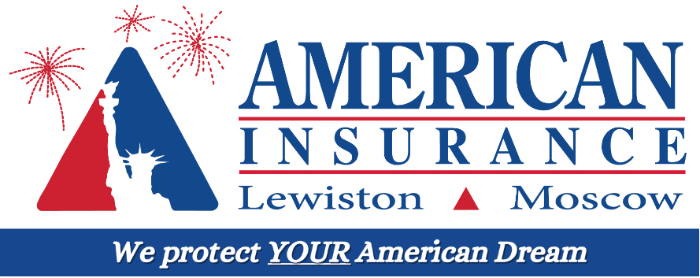How to complete IRS forms 1095-C and 1094-C.
Two new IRS forms will be required of large employers for the 2015 calendar year due in early 2016 – IRS forms 1095-C and 1094-C. Large employers will want to familiarize themselves with these forms and gear up for compliance.
Form 1095-C is a new form designed by the IRS fulfilling reporting requirements under the Affordable Care Act (ACA) to collect information about applicable large employers and the group health coverage, if any, they offer to their full-time employees. Employers will provide Form 1095-C (employee statement) to employees and file copies, along with Form 1094-C (transmittal form), to the IRS.
Form 1095-C is comprised of three parts:
- Part I: Identifying information about the employee and the employer.
- Part II: Information about the employer’s offer of group health coverage.
- Part III: Information about the employer’s self-funded health coverage (if any), including names and Social Security numbers of the employee and his or her covered dependents.
Due dates: The due dates are the same as the due dates for Form W-2 for the same calendar year. If the due date falls on a weekend or legal holiday, the employer may file by the next business day.
- 2015 Form 1095-C (employee statement): Due January 31, 2016.
- 2015 Form 1094-C (transmittal form with copies of Forms 1095-C): Due February 29, 2016 (or March 31, 2016, if filing electronically).
Forms and instructional materials include:
- Form 1095-C, Employer-Provided Health Insurance Offer and Coverage.
- Form 1094-C, Transmittal of Employer-Provided Health Insurance Offer and Coverage Information Returns.
- Instructions for Forms 1094-C and 1095-C.
- A short brochure designed by the IRS to help employers under the reporting requirements and the type of information needed to complete the forms.
The types of information that applicable large employers should be capturing for this report will depend on whether the employer is eligible for simplified reporting. Employers should work with their payroll administrators and human resources information system administrators to identify the data elements needed to complete Forms 1095-C and 1094-C, including capturing data elements needed to determine employee eligibility for benefits. All large employers must report basic information, similar to W-2 information:
- Employee name, Social Security number (SSN), address.
- Employer name, Employer Identification Number (EIN), address, telephone contact.
The IRS regulations provide a general method for all applicable large employers to complete Form 1095-C. The general method requires reporting information about the full-time employee and the health coverage (type, required contribution) offered to that employee. Many employers, however, will be able to take advantage of one of the alternative (simplified) methods outlined in the regulations.
For example, alternative methods of reporting are available for employers that made a qualifying health coverage offer to employees for all 12 months or for employers that offered affordable minimum value coverage to at least 98 percent of full-time employees (and their children).
Employers that do not sponsor a self-funded (uninsured) plan will complete Parts I and II with respect to each full-time employee. Persons covered under a group insurance plan also will receive a form directly from the insurance company regarding the coverage.
The IRS Form 1094-C is the transmittal form that employers will use to submit, along the copies of Forms 1095-C, to the IRS. The employer will indicate on Form 1094-C if it is eligible for alternative (simplified) reporting. Employers also will use this form to certify that the employer is eligible for transition relief under the ACA “play or pay” rules, if applicable.
The Internal Revenue Service (IRS) has released final forms and instructions to be used for Internal Revenue Code § 6055 and § 6056 reporting. This material is for 2014 reporting, which is voluntary for employers. Reports for 2015 (due in early 2016) will be required, so employers should review the material and begin preparing now.
Source: ThinkHR, Compliance Blog, March 13, 2014



Discussion
There are no comments yet.